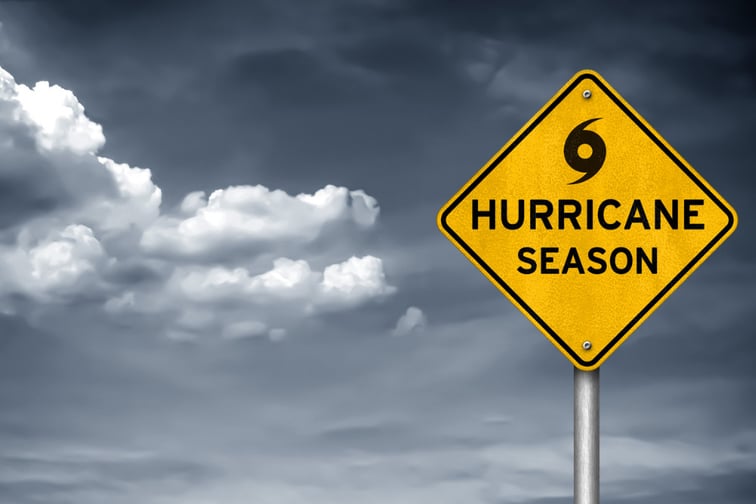

A new brief by the Insurance Information Institute has found that as four states saw considerable population growth in the past decade, the property damage a hurricane could cause in those areas also increased.
Triple-I’s latest issues brief warned that the 2022 Atlantic hurricane season is expected to be “well above average” in terms of the number of named storms, hurricanes, and major hurricanes (Category 3, 4, and 5). The institute also mentioned findings from Colorado State University's Department of Atmospheric Science, which recently projected the formation of 17 more named storms this year, on top of the three that already struck earlier – Alex, Bonnie, and Colin. CSU is also anticipating that 10 out of the 17 storms will become hurricanes, and five of the 10 will be classified as major ones.
The report also noted that in the past decade and a half, insured losses from hurricane activity have only been increasing over the years.
"Insured losses from hurricanes have risen over the past 15 years as hurricane activity has intensified,” Triple-I’s said. “When adjusted for inflation, nine of the 10 costliest hurricanes in US history have struck since 2005. In addition to increased storm activity, coastal construction has continued, and property values risen, resulting in higher loss exposure."
"While wind speeds and storm surge in coastal areas grab headlines, inland flooding is on the rise," the institute additionally commented.
The institute observed that there was double-digit percentage population growth in four states with coastal exposure to hurricanes since 2010. Citing 2020 US Census data, Triple-I identified the states of Florida (+14.6%), South Carolina (+10.7%), Georgia (+10.6%), and Delaware (+10.2 %) as areas with coastal exposure to storms yet have significant population growth.
Triple-I warned that there is a strong correlation between population growth and the increase in insured losses, especially as more homeowners now have even more to lose when a storm hits.
“Although there may be fewer tropical cyclones, the damage they cause is increasing – mainly because more people have been moving into harm’s way since the 1940s, and Census Bureau data show that homes being built are bigger and more expensive than before,” the institute stated.
